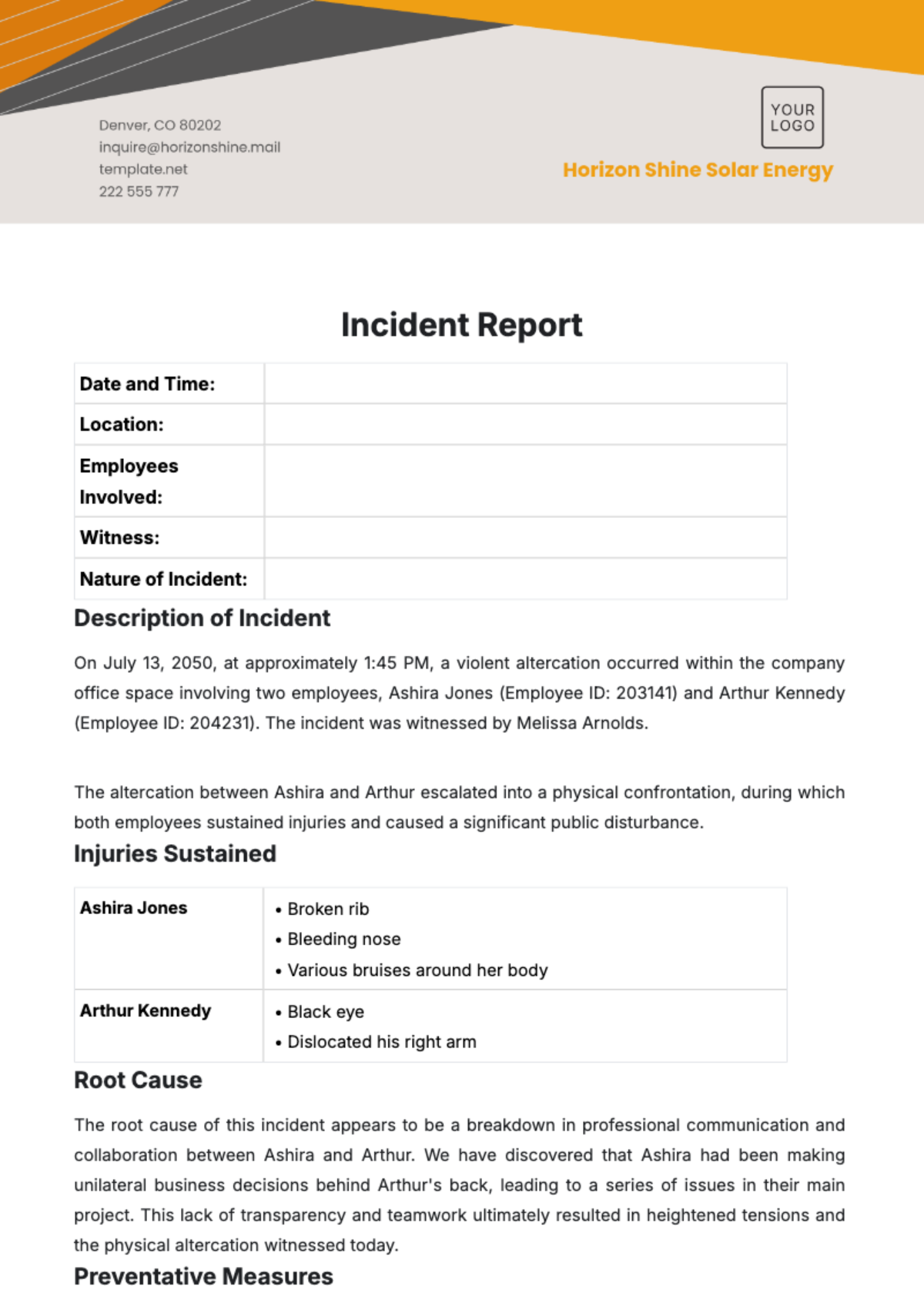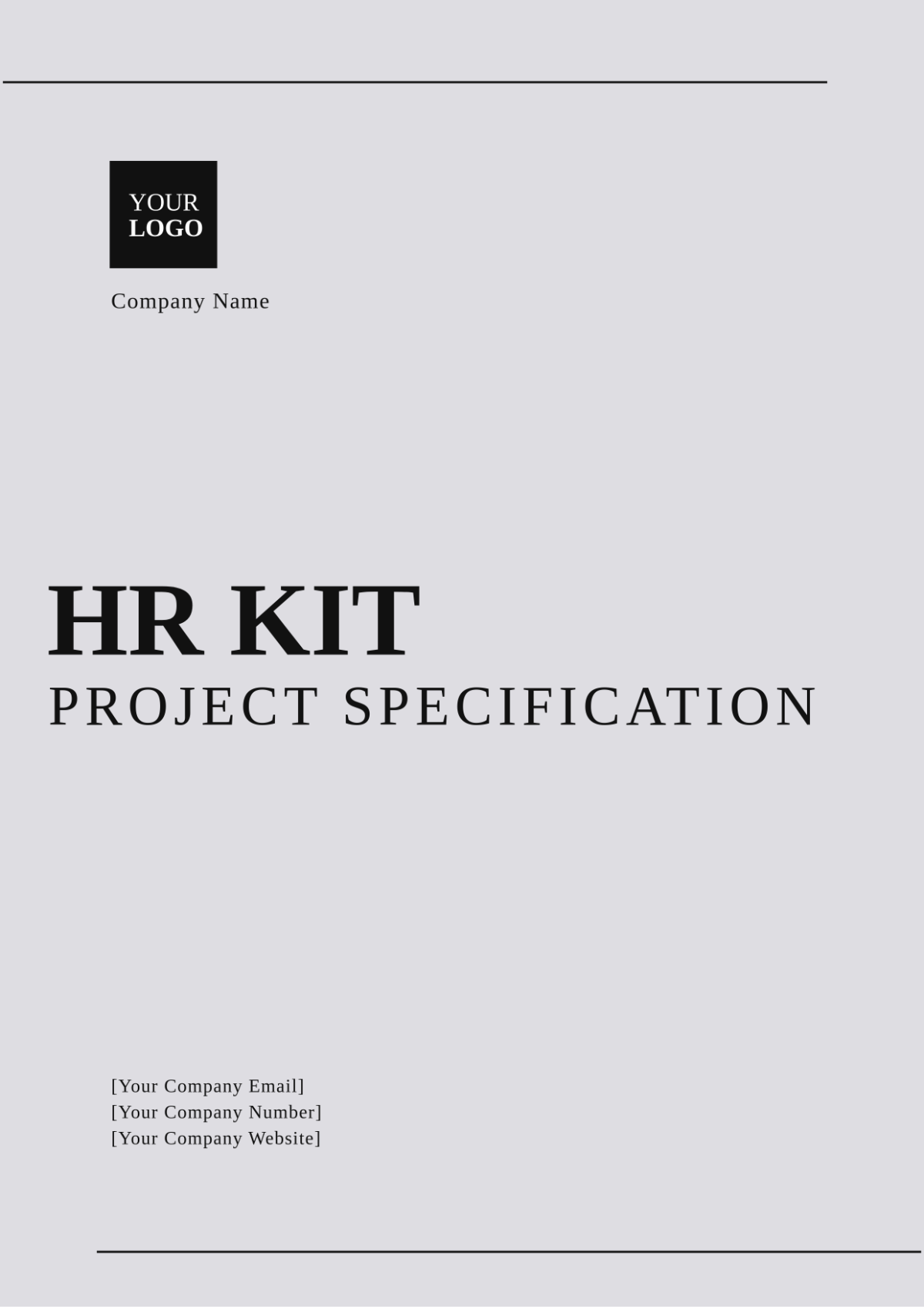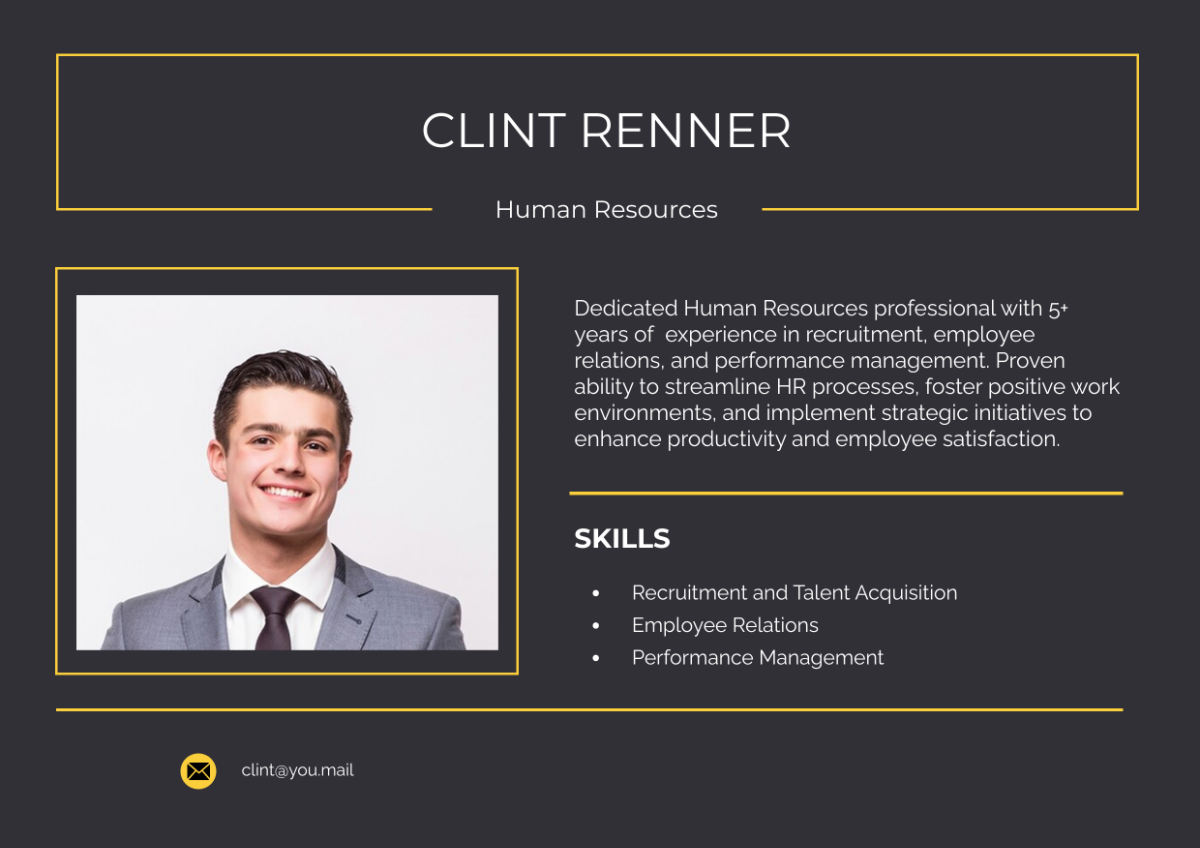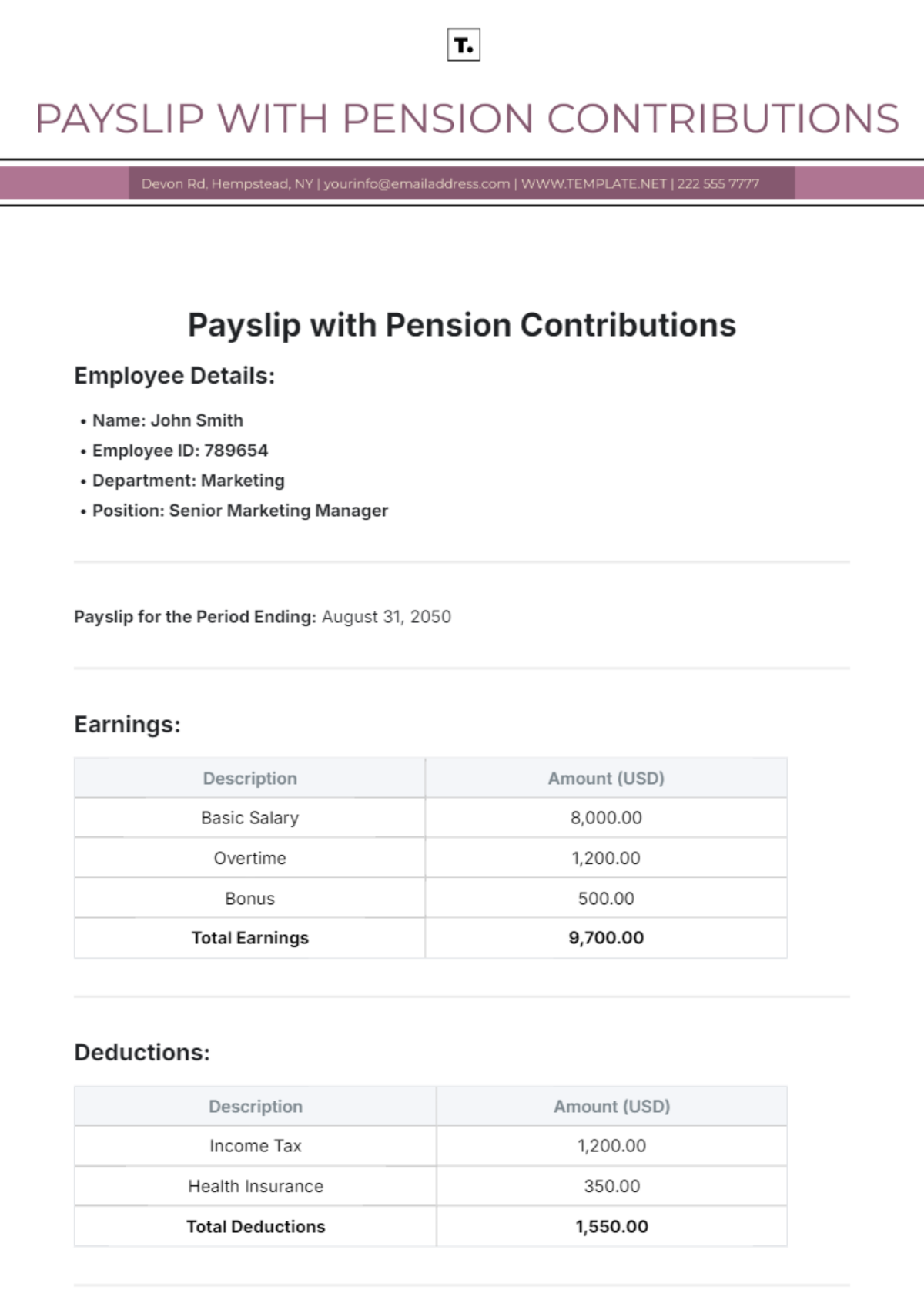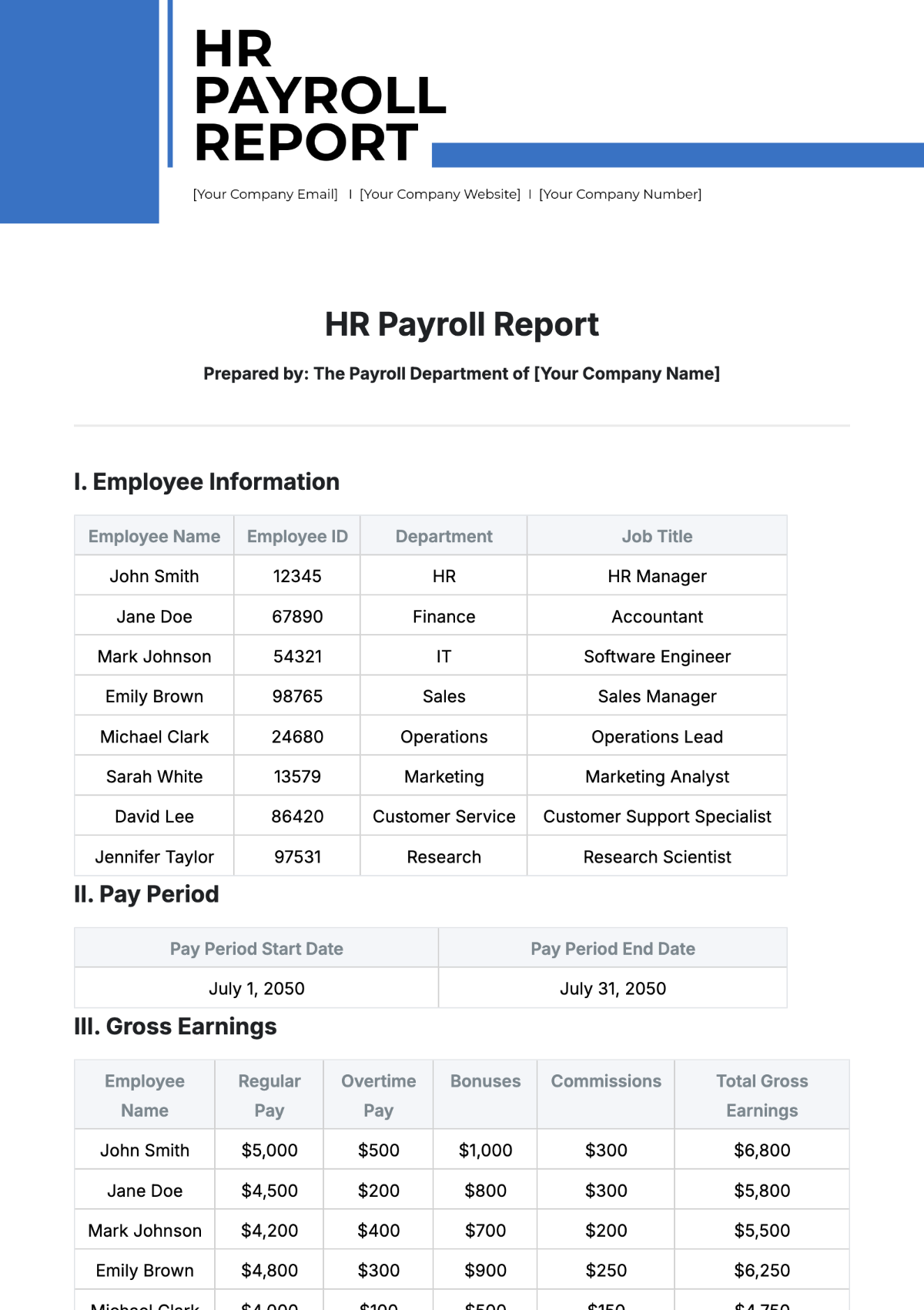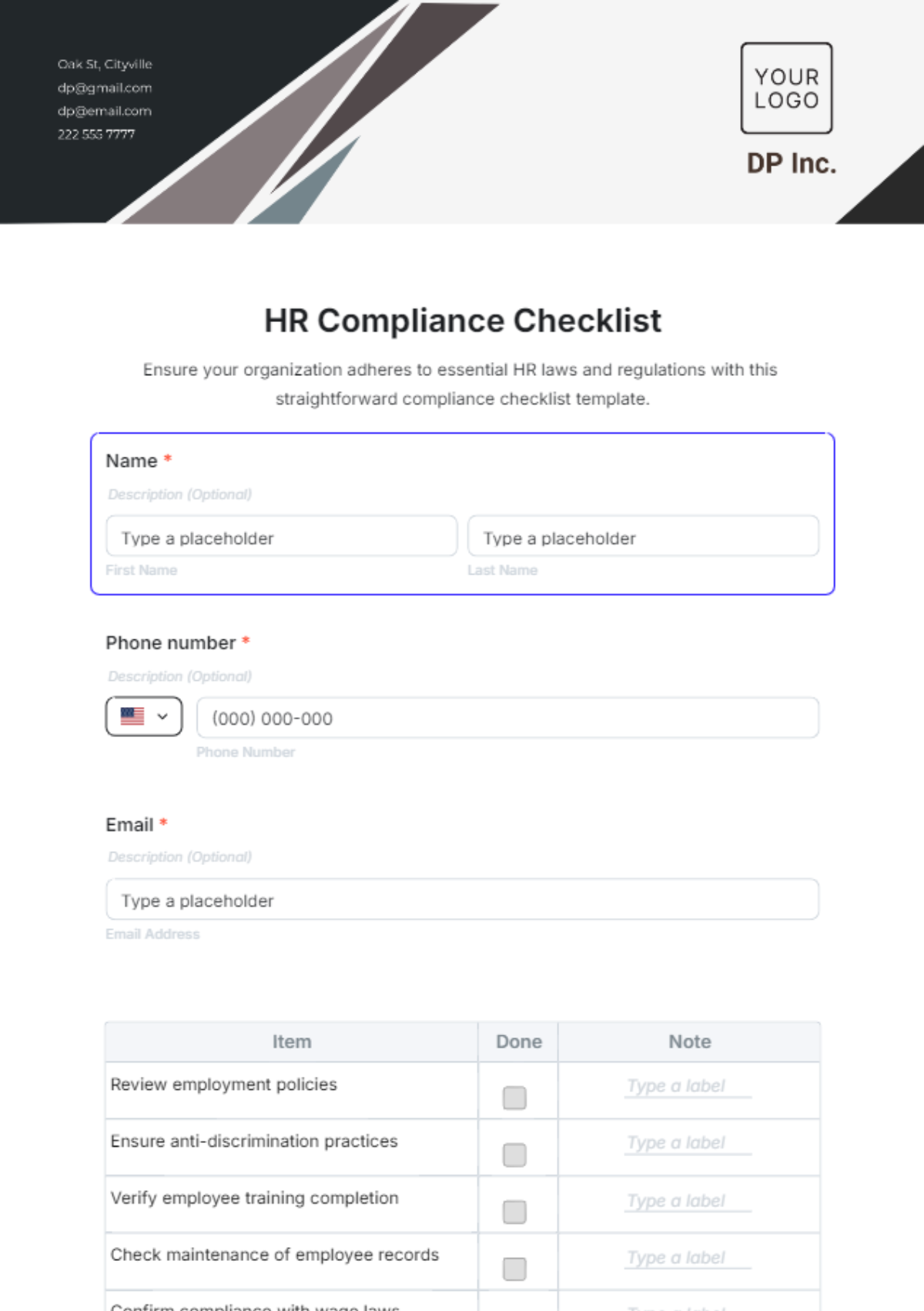Hands-on & Practical Training Guide
TABLE OF CONTENTS
1. Program Objectives........................................................................................... 3
1.1. Target Audience............................................................................................... 3
1.2. Training Duration.............................................................................................. 3
2. Training Schedule............................................................................................. 4
3. Training Materials............................................................................................. 6
4. Training Delivery............................................................................................... 6
4.1. Instructors: Experienced trainers with subject-matter expertise..................... 6
4.2. Classroom Sessions: Interactive lectures and discussions.............................. 6
4.3. Workshops: Practical exercises and group activities...................................... 6
4.4. Role Plays: Simulated scenarios for skill development.................................... 7
4.5. On-the-Job Training: Practical application within your department................ 7
4.6. Mentorship: Guidance from experienced colleagues...................................... 7
5. Assessment and Evaluation.............................................................................. 7
5.1. Pre-training Assessment:................................................................................. 7
5.2. Module Quizzes:.............................................................................................. 7
5.3. Group Projects:................................................................................................ 7
5.4. Final Examination:............................................................................................ 8
5.5. Performance Appraisal:................................................................................... 8
6. Feedback and Improvement.............................................................................. 8
7. Resources and Support..................................................................................... 8
Program Objectives
Welcome to our comprehensive Hands-on & Practical Training Program. This program is meticulously designed to empower participants with the essential skills and knowledge necessary to thrive in their roles within our esteemed organization. Our core objectives include:
Cultivating Organizational Insight: To provide participants with an in-depth understanding of our company's culture, values, and mission, enabling them to align their efforts with our overarching goals.
Skills for Success: To foster the development of indispensable skills such as effective communication, problem-solving, and leadership, laying the foundation for personal and professional growth.
Departmental Proficiency: To elevate technical competencies tailored to the specific demands of your department, ensuring that you can contribute meaningfully from day one.
Team Excellence: To promote a culture of teamwork and collaboration, fostering an environment where diverse talents come together to achieve outstanding results.
Harmonious Workplace: To equip participants with the tools and strategies needed for conflict resolution and time management, ultimately nurturing a positive and productive work atmosphere.
Target Audience
This comprehensive training program is thoughtfully crafted for all new employees, encompassing recent hires and those transitioning into new roles within our dynamic organization. It serves as a foundational platform to ensure that every member of our team is well-prepared and aligned with our values and mission.
Training Duration
Our training program spans a duration of 8 weeks, divided into 10 modules, each thoughtfully structured to provide a rich and immersive learning experience. These modules are designed to be completed within approximately one week, factoring in time for assessments and interactive activities. This phased approach ensures a thorough understanding of each topic while allowing participants to apply their newfound knowledge in a practical context.
Training Schedule
Module | Duration | Overview | Topics Covered |
M1: Orientation | 1 Week | Provides a foundational understanding of our organization. |
|
M2: Company Policies and Procedures | 1 Week | Understands the rules and regulations governing our organization. |
|
M3: Communication Skills | 1 Week | Equips you with the necessary skills for effective communication. |
|
M4: Time Management | 1 Week | Equips you with tools to manage your time effectively. |
|
M5: Conflict Resolution | 1 Week | Empowers you to handle workplace conflicts with finesse. |
|
M6: Leadership Skills | 1 Week | Nurtures your leadership potential. |
|
M7: Problem Solving | 1 Week | Enhances your analytical abilities. |
|
M8: Teamwork | 1 Week | Focuses on building and maintaining high-performing teams. |
|
M9: Technical Skills (Department-specific) | 1 Week | Tailored to your department, ensuring technical prowess. |
|
M10: Evaluation and Feedback | 1 Week | Reflect on your training journey and prepare for ongoing growth. |
|
Training Materials
Equipment | Description |
Training Manuals | Comprehensive guides provided for each module. |
Presentation Slides | Visual aids designed to enhance classroom sessions. |
Case Studies | Real-world scenarios included for problem-solving practice. |
Worksheets | Interactive exercises created to facilitate hands-on learning. |
Simulation Exercises | Practical activities designed to reinforce and apply acquired knowledge. |
Training Delivery
Instructors: Experienced trainers with subject-matter expertise
Instructors are skilled professionals who have expertise in the subject matter being taught. They serve as knowledgeable guides throughout the training program. This delivery method is particularly suitable for learners who benefit from direct instruction, as instructors provide structured explanations, answer questions, and offer insights based on their experience. Visual and auditory learners tend to benefit from this approach as they can see and hear the information being presented.
Classroom Sessions: Interactive lectures and discussions
Classroom sessions involve interactive lectures and discussions where participants engage with the content through listening, asking questions, and sharing their thoughts. This method caters to learners who thrive in a structured environment with opportunities for active participation. Auditory learners, who learn best through listening and discussion, find this style effective. Additionally, visual learners can benefit from visual aids such as slides used during the lectures.
Workshops: Practical exercises and group activities
Workshops are hands-on sessions where participants actively engage in practical exercises and collaborate with their peers. This method suits kinesthetic learners who learn by doing and thrive in a tactile, interactive environment. Workshops allow participants to apply theoretical knowledge to real-world scenarios, fostering a deeper understanding and skill development. It's also effective for social learners who enjoy group interactions.
Role Plays: Simulated scenarios for skill development
Role plays involve participants taking on different roles in simulated scenarios. This method is especially useful for learners who benefit from experiential learning. By immersing themselves in realistic situations, participants can practice and refine their communication, problem-solving, and interpersonal skills. Role plays are excellent for visual, auditory, and kinesthetic learners as they combine active participation with scenario-based learning.
On-the-Job Training: Practical application within your department
On-the-job training allows participants to apply what they've learned directly to their work tasks. This approach is ideal for learners who prefer learning by doing and learning in context. It is highly effective for kinesthetic learners as they can immediately put theory into practice. It also encourages independent learning and problem-solving, making it beneficial for self-directed learners.
Mentorship: Guidance from experienced colleagues
Mentorship involves pairing participants with experienced colleagues who serve as mentors. This method benefits learners who thrive on one-on-one interactions and personalized guidance. It provides a supportive environment for questions, feedback, and skill development. Visual, auditory, and kinesthetic learners can all benefit from mentorship, as it adapts to the individual's learning style and needs.
Assessment and Evaluation
To track your progress and ensure learning outcomes, we use the following assessment methods:
Pre-training Assessment:
An initial evaluation to gauge your baseline knowledge.
Module Quizzes:
Short assessments at the end of each module.
Group Projects:
Collaborative assignments to apply learned skills.
Final Examination:
Comprehensive assessment at the end of the program.
Performance Appraisal:
Evaluations based on your performance during the training period.
Feedback and Improvement
At [Your Company Name], your feedback is invaluable, and we are committed to enhancing our training program continually. Here's how we ensure your input shapes the future of our training initiatives:
Feedback Mechanisms | Description |
Regular Check-Ins | Periodic one-on-one or group discussions with trainers to address concerns and gather feedback. |
Suggestion Boxes | Physical and digital suggestion boxes are available for anonymous submissions, ensuring your feedback can be candid and confidential. |
Online Forums | Participate in online forums where you can post feedback and discuss training experiences with your peers. |
Post-training Surveys | Description |
Content Relevance | Did the training content align with your role and expectations? |
Instructor Performance | How effective were the instructors in delivering the material? |
Training Materials | Were the provided materials helpful, or were there any areas that could be improved? |
Overall Experience | Your overall satisfaction and any additional comments or suggestions. |
Resources and Support
We provide resources and support to ensure your success during the training program:
Training Facilities: Well-equipped classrooms and training materials.
IT and Technical Support: Assistance with technical issues.
Learning Resources: Access to online courses and reference materials.
HR Contacts: Point of contact for any questions or concerns.
Thank you for choosing our Hands-on & Practical Training Program. We look forward to helping you succeed in your role and contribute to our organization's success. If you have any questions or require further assistance, please don't hesitate to contact the HR department.


